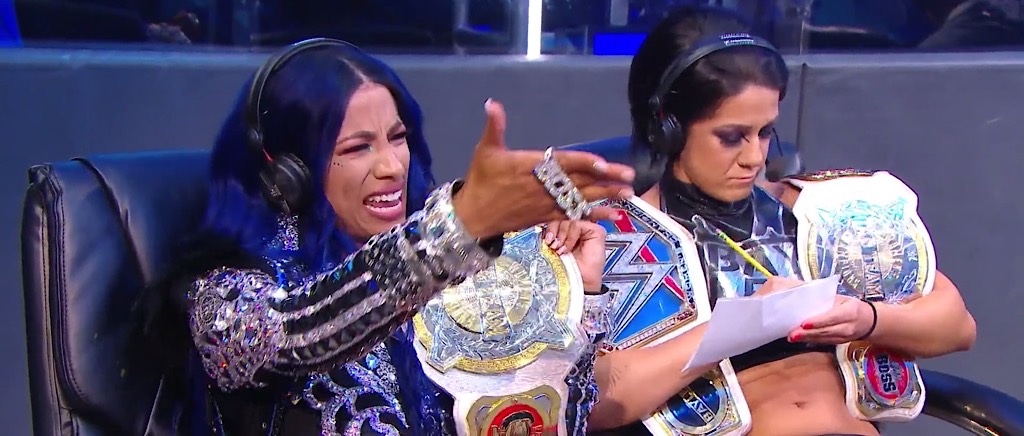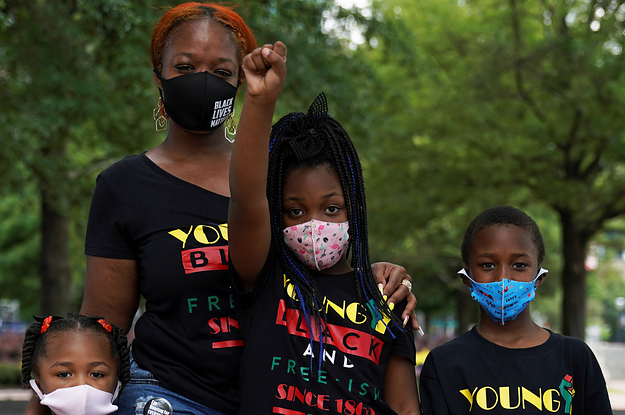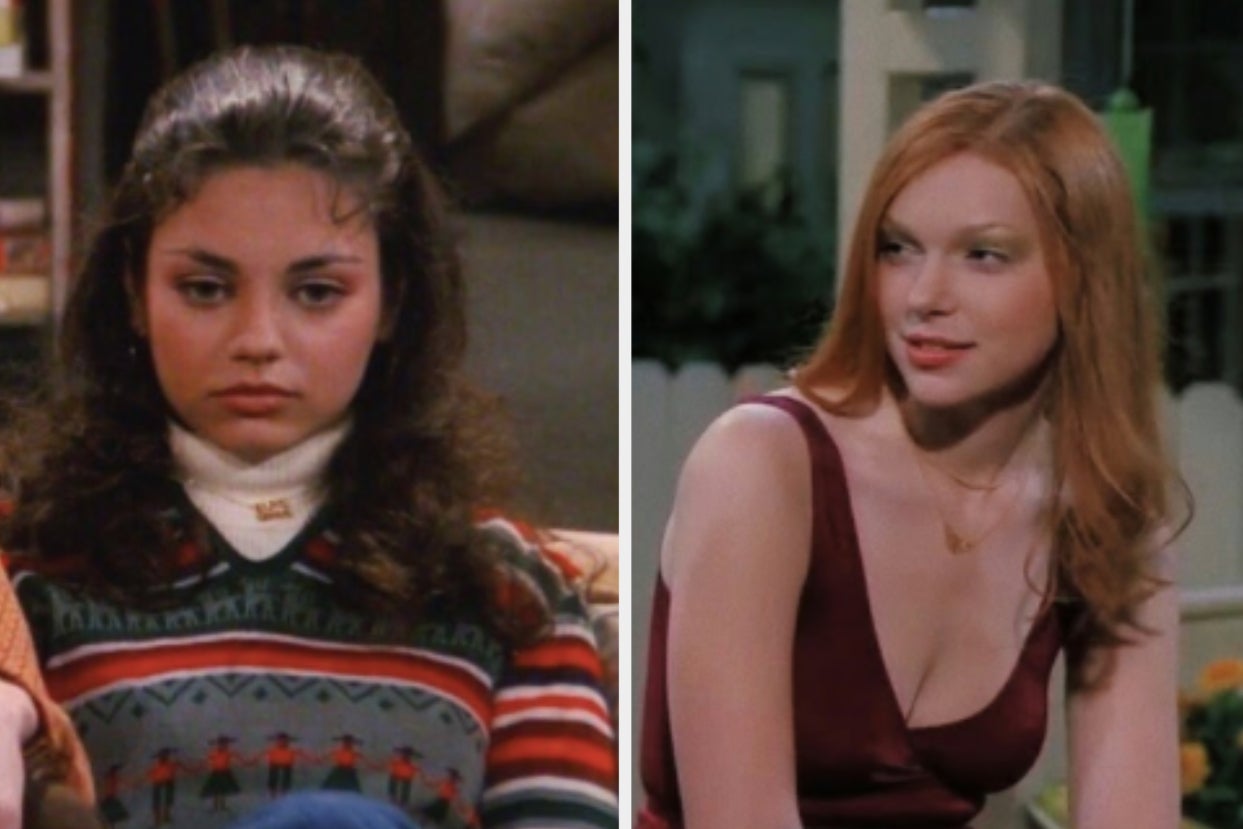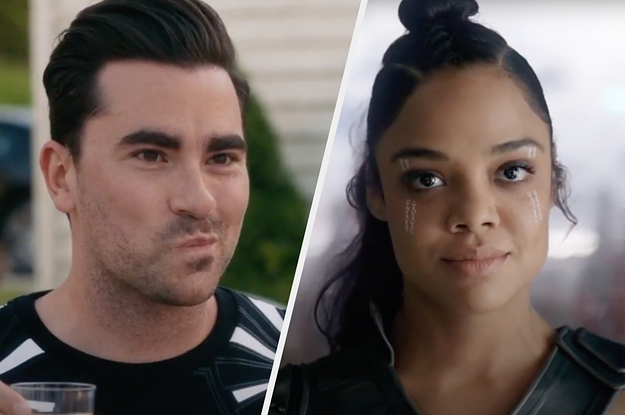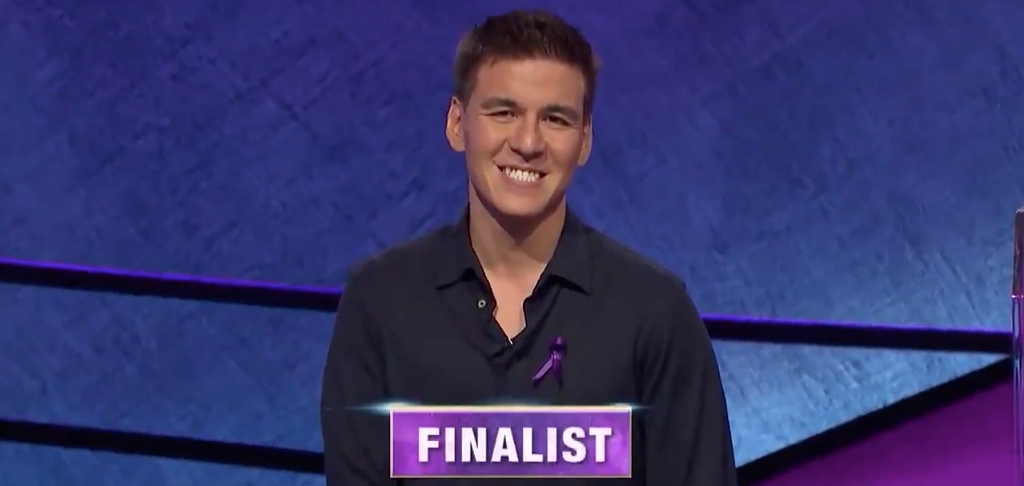In honor of Juneteenth, the traditional Black American celebration of the day word of the Emancipation of slaves reached Galveston, Texas — two years after the Emancipation Declaration went into effect — Beyonce has released “Black Parade,” a new single celebrating Black and African diaspora culture and history. The song accompanies Beyonce’s Black Parade Route initiative, which highlights Black-owned small businesses in categories like Art & Design,” “Beauty,” “Fashion,” “Lifestyle,” and “Restaurants & Bars.”
Beyonce announced the new initiative with a post on Instagram, sharing a snippet of the song and writing, “Happy Juneteenth Weekend! I hope we continue to share joy and celebrate each other, even in the midst of struggle. Please continue to remember our beauty, strength and power.”
The new song does just that, shouting out the ancestors and utilizing an African tribal rhythm to back lyrics that pay homage to the Motherland and the resilience of her people. “Melanin, melanin, my drip is skin deep,” Beyonce boasts, “Skin Black, maybe that’s the reason why they always mad.”
“Black Parade” follows Beyonce’s appearance in YouTube’s Dear Class Of 2020 livestream, delivering a commencement speech to the year’s graduating class imploring them to “continue to be the voice for the voiceless.” Beyonce also embraced activism this month, writing an open letter to Kentucky’s Attorney General admonishing him to take action in the case of Breonna Taylor’s death. Taylor was shot eight times by police officers who broke into her apartment with a “no-knock” warrant suspecting drug activity. No drugs were found in the apartment.
Listen To Beyonce’s “Black Parade” above.

